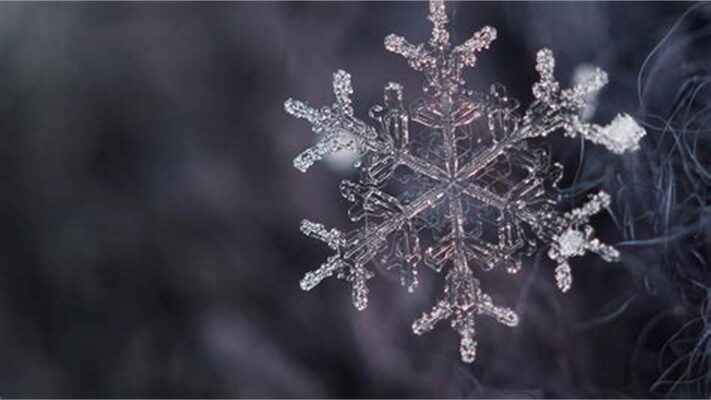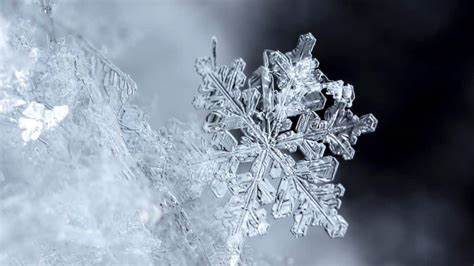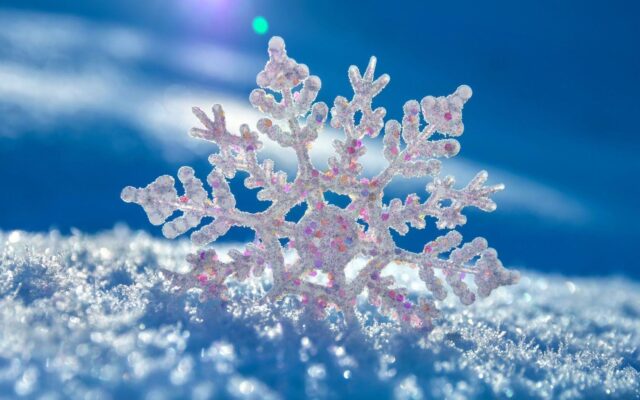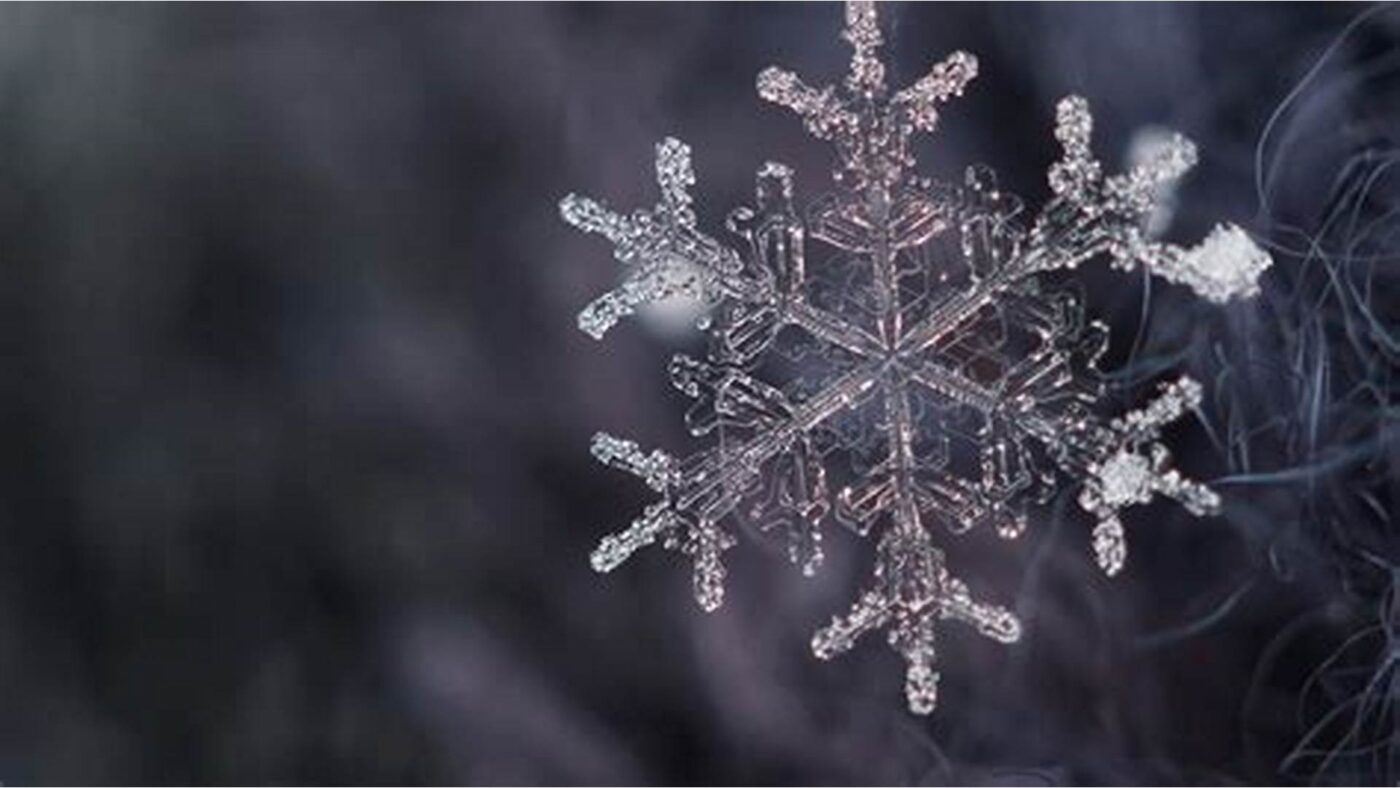Have you ever marveled at the intricate beauty of snowflakes? The delicate structures that dance down from the sky are not just random occurrences but rather a fascinating result of a series of environmental conditions and scientific principles. This article seeks to uncover the mystery behind how snowflakes form, exploring their origins, the science involved in their creation, and the factors that influence their unique designs.

The Science Behind Snowflake Formation
The formation of snowflakes is an extraordinary process that begins high in the atmosphere. Understanding the science behind it requires delving into atmospheric conditions, temperature variations, and the role of water vapor in cloud formation.
Atmospheric Conditions
Atmospheric conditions play a critical role in the creation of snowflakes.
When temperatures dip below freezing, water vapor in the atmosphere starts to condense into tiny ice crystals. These initial formations occur around microscopic particles known as cloud condensation nuclei. These nuclei can be anything from dust to pollen or even pollution. As moisture-laden air rises and cools, the water vapor freezes around these nuclei, beginning the transformation into a snowflake.
Once the ice crystals begin to form, they are subjected to various atmospheric conditions such as humidity, temperature, and wind patterns. Each individual snowflake’s journey through different layers of the atmosphere influences its shape and size, leading to the vast diversity in snowflake architecture.
Temperature Variations
Temperature is a crucial factor in determining the characteristics of snowflakes.
At specific temperature ranges, varying shapes emerge, influenced by the molecular structure of ice. For example, at temperatures close to -2 degrees Celsius, snowflakes tend to develop plate-like structures due to the slower crystallization process. In contrast, when temperatures drop further, like -15 degrees Celsius or colder, dendritic (branching) forms become prevalent.
Understanding how snowflakes form also involves recognizing that slight fluctuations in temperature can significantly alter the growth pattern of the crystals. For instance, a snowflake that encounters warmer air may transition from a pristine crystalline structure to a more irregular shape, leading to the beloved but flawed appearance of some snowflakes we see on the ground.
Humidity Levels
Humidity levels in the atmosphere are equally pivotal in the formation of snowflakes.
High humidity encourages greater amounts of water vapor to condense onto existing ice crystals, allowing them to grow larger and develop intricate designs. Conversely, low humidity can lead to smaller, simpler snowflakes with less detailed symmetry.
When discussing how snowflakes form, it’s essential to consider how clouds laden with different humidity levels can produce a range of snowflake types. The complexity of a snowflake often stems from environmental interactions that facilitate or inhibit crystal development, emphasizing the delicate balance of nature.
The Unique Geometry of Snowflakes
One of the most enchanting aspects of snowflakes is their unique geometrical designs. Their symmetrical structures are a testament to the fundamental laws of physics and chemistry acting upon frozen water molecules.

Hexagonal Symmetry
Snowflakes exhibit a hexagonal symmetry that is attributed to the molecular arrangement of ice.
Each water molecule consists of two hydrogen atoms bonded to one oxygen atom, forming an angle of approximately 104.5 degrees. When water freezes, these molecules arrange themselves in a hexagon shape due to the hydrogen bonding properties. This universal geometry serves as the foundation for all snowflake formations, providing each flake with six arms that radiate outward from a central point.
This hexagonal form leads to the common perception that no two snowflakes are alike. While they share similar features, each snowflake travels through different atmospheric conditions, imbuing it with unique characteristics. The interplay between ice crystal growth and environmental elements results in a stunning variety of snowflake aesthetics, showcasing nature’s artistry.
Growth Patterns
As snowflakes descend through the atmosphere, they encounter varying temperatures and humidity levels, influencing their growth patterns.
These changes can lead to the development of shapes such as plates, columns, needles, and complex dendrites. Each arm of a snowflake grows independently, which is why the resulting shapes can appear remarkably distinct yet still adhere to the overarching hexagonal symmetry.
The study of these growth patterns reveals the dynamic nature of snowflakes. Under certain conditions, snowflakes can merge or collide with one another, creating larger aggregates known as snow clumps. This phenomenon adds another layer to the understanding of how snowflakes form and interact, reflecting the complexities of weather systems.
The Role of Environmental Factors
Environmental factors can drastically alter the development of snowflakes.
Wind currents, temperature inversions, and even pollutants in the air can impact how snowflakes coalesce and crystallize. For instance, strong updrafts can carry flakes higher into the atmosphere, exposing them to additional moisture and leading to more elaborate structures. In contrast, turbulent winds may break apart fragile snowflakes, resulting in less intricate formations.
Moreover, the presence of particulate matter in the atmosphere can serve as nucleation sites, impacting the rate and style of crystallization. Understanding these environmental factors gives us insight into the varied manifestations of snowflakes across different geographical regions and climatic conditions.
Cultural Significance of Snowflakes
Beyond their physical characteristics, snowflakes hold cultural significance across various societies, symbolizing beauty, uniqueness, and the transient nature of life.

Symbolism in Art and Literature
Snowflakes have long been used as symbols in art and literature, representing fleeting moments and the complexities of individuality.
In many cultures, snowflakes symbolize purity and innocence. They evoke feelings of nostalgia for winter evenings spent by the fireplace, making them powerful motifs in storytelling. Artists often draw inspiration from the intricate designs of snowflakes, using them to explore themes of change, beauty, and fragility.
Literature frequently employs the imagery of snowflakes to convey deeper meanings about human experiences. Just as each snowflake is unique, so too are our individual journeys through life. The ephemeral nature of snowflakes serves as a reminder of the beauty found in moments that may seem small yet hold great significance.
Scientific Inspiration
Snowflakes inspire scientific inquiry and exploration, particularly within fields such as meteorology and materials science.
Research into the unique properties of snowflakes has led to advancements in our understanding of crystallization processes. Scientists study snowflake formation to enhance weather prediction models, improve climate change awareness, and even develop technologies mimicking the structural designs of snowflakes.
By examining how snowflakes form, researchers can gain insights into the behavior of ice crystals, which is beneficial in areas like climate monitoring and environmental sustainability. This pursuit of knowledge highlights the intersection of natural beauty and scientific application, underscoring the importance of snowflakes in our understanding of the world.
Traditional Celebrations and Festivals
Various cultures celebrate winter and snowfall through festivals highlighting the beauty and magic associated with snowflakes.
From snow-themed crafts in schools to winter festivals featuring snowflake decorations, communities come together to appreciate the splendor of these icy wonders. Events centered around snowflakes often include activities like snowman building, sledding, and snowball fights, fostering a sense of joy and camaraderie among participants.
In some traditions, snowflakes symbolize hope and renewal. As they blanket the earth, snowflakes create a fresh canvas, inviting reflection and contemplation during the winter months. These celebrations remind us of the simple joys of life, encouraging us to embrace the season’s beauty and warmth despite the cold.
Modern Applications of Snowflake Science
The study of snowflakes extends beyond aesthetic appreciation and cultural symbolism; it has real-world applications in science, technology, and environmental research.

Climate Research
Understanding how snowflakes form has significant implications for climate research.
Researchers monitor snowfall patterns to glean insights into changing climate conditions. Snowfall depth and frequency are critical indicators of regional climate shifts, allowing scientists to assess the impacts of global warming on weather patterns. The way snowflakes behave in various climates can inform predictions about future weather trends and extreme weather events.
Additionally, studying snowflakes aids in understanding the hydrological cycle. Snowpack accumulation plays a crucial role in replenishing water supplies for ecosystems and human consumption. Analyzing snowflake characteristics provides valuable data regarding water resource management, informing strategies to tackle challenges related to water scarcity.
Engineering Innovations
Innovative technologies inspired by snowflake structures are finding applications in engineering and design.
For instance, the unique properties of snowflakes—such as their ability to trap air and insulate—have prompted engineers to develop new materials for construction and clothing. Inspired by the microstructure of snowflakes, researchers are exploring ways to create lightweight, durable materials that offer enhanced thermal insulation.
Furthermore, biomimicry, the practice of drawing inspiration from nature, has led to advancements in surfaces designed to repel water and dirt, reminiscent of how snowflakes glide through the air. These innovations demonstrate how understanding how snowflakes form can translate into practical solutions for modern-day challenges.
Education and Outreach
Educational programs often incorporate the beauty of snowflakes to engage students in science.
Classroom activities focusing on snowflake formation encourage curiosity and foster a deeper understanding of scientific concepts. Hands-on experiments involving crystallization can spark interest in subjects like chemistry and physics, while discussions surrounding snowflake diversity can highlight ecological awareness.
Outreach initiatives utilizing snowflake themes aim to promote environmental stewardship. By connecting the awe-inspiring qualities of snowflakes to broader issues like climate change, educators can inspire a new generation to appreciate and protect our planet.
Conclusion
The intricate world of snowflakes is a testament to nature’s artistry and the scientific principles that govern our environment. From their formation in the atmosphere to their unique geometries and cultural significance, snowflakes capture our imagination and provoke thought on both personal and societal levels. Understanding how snowflakes form unveils a complex interplay of atmospheric conditions, molecular structures, and environmental factors, showcasing the delicate balance of nature.
As we continue to explore the marvels of snowflakes, we contribute to a richer comprehension of our world and the phenomena that shape it. Through scientific inquiry, artistic expression, and communal celebration, snowflakes transcend their ephemeral existence, reminding us of the beauty and uniqueness that can arise from even the coldest and harshest conditions.

